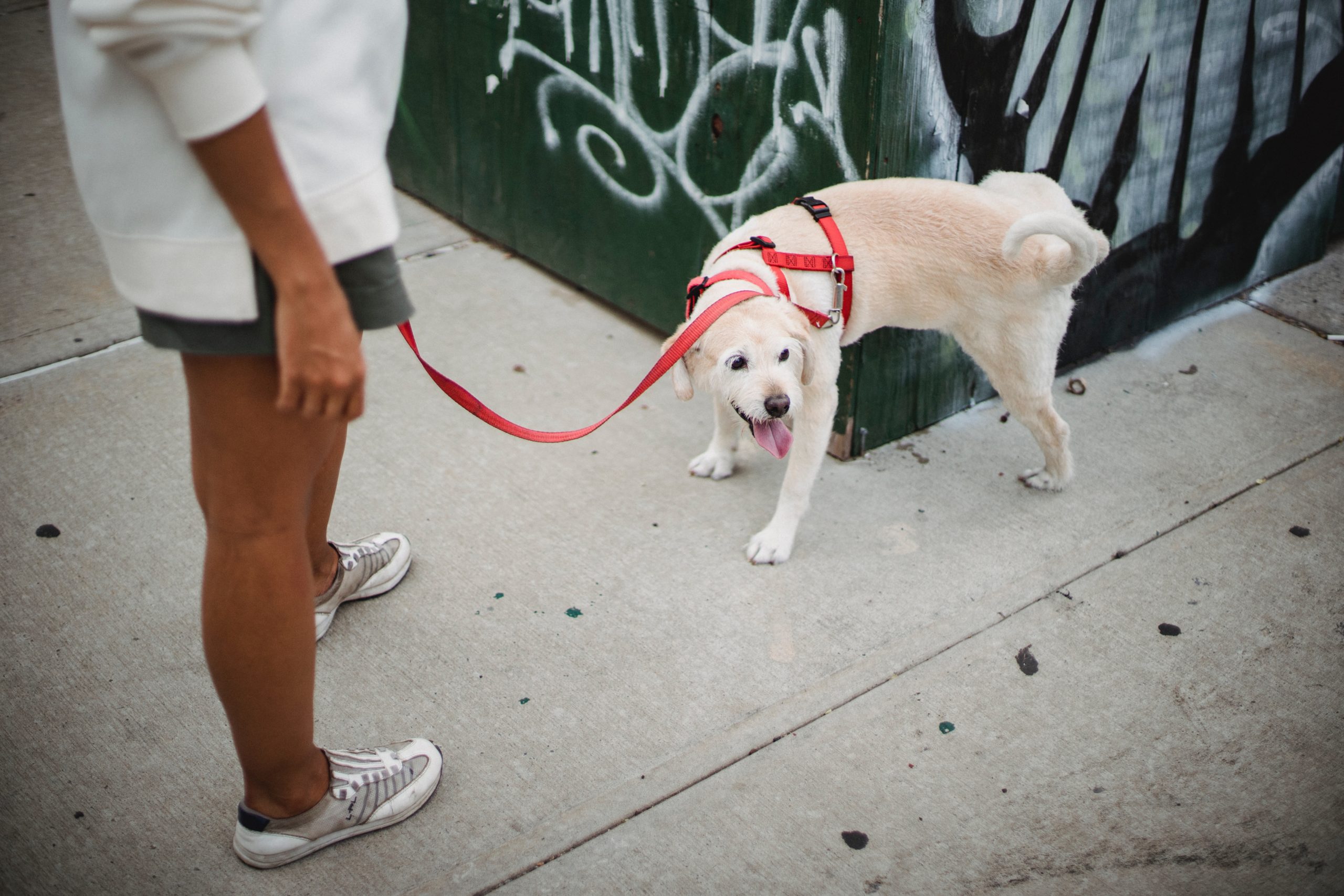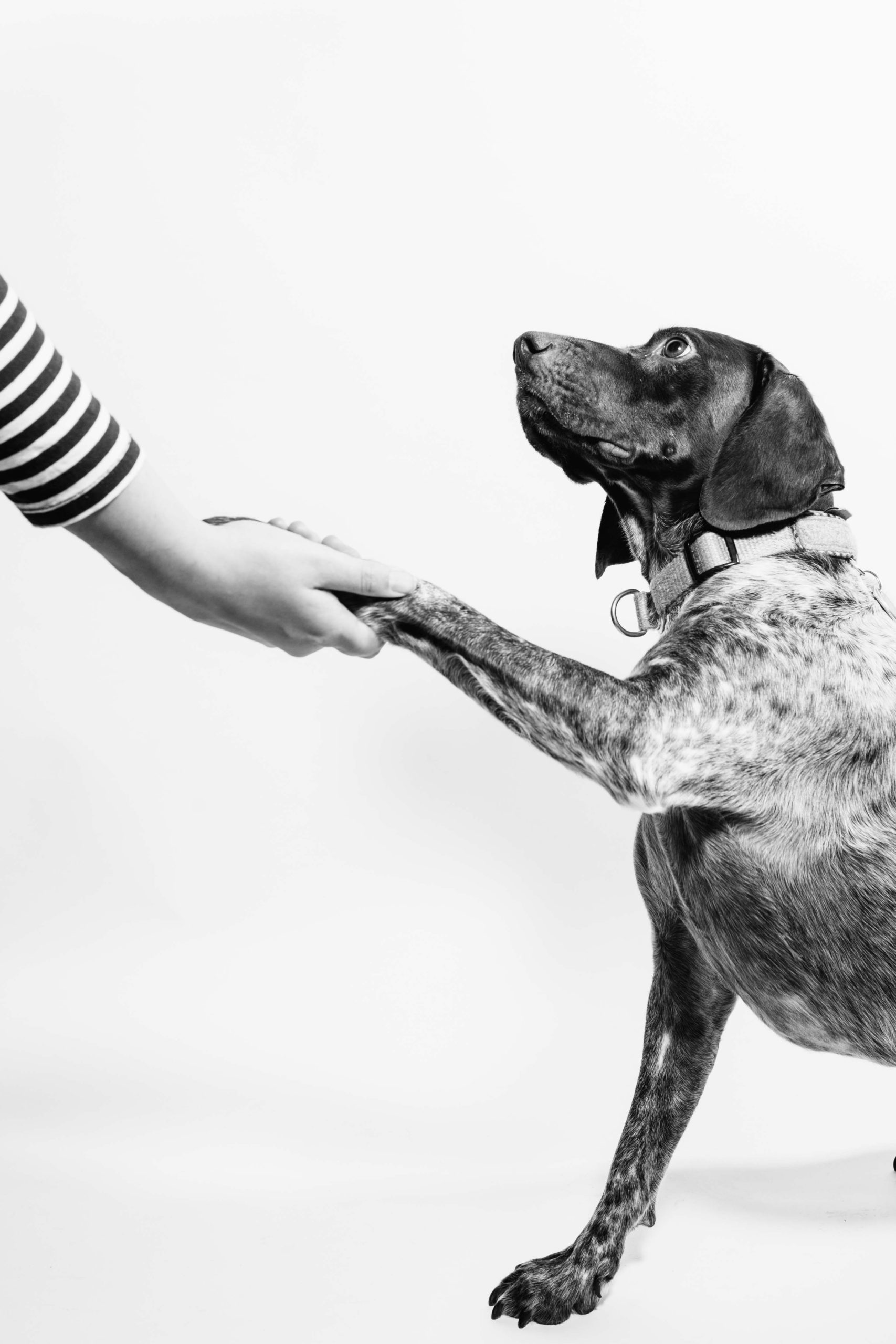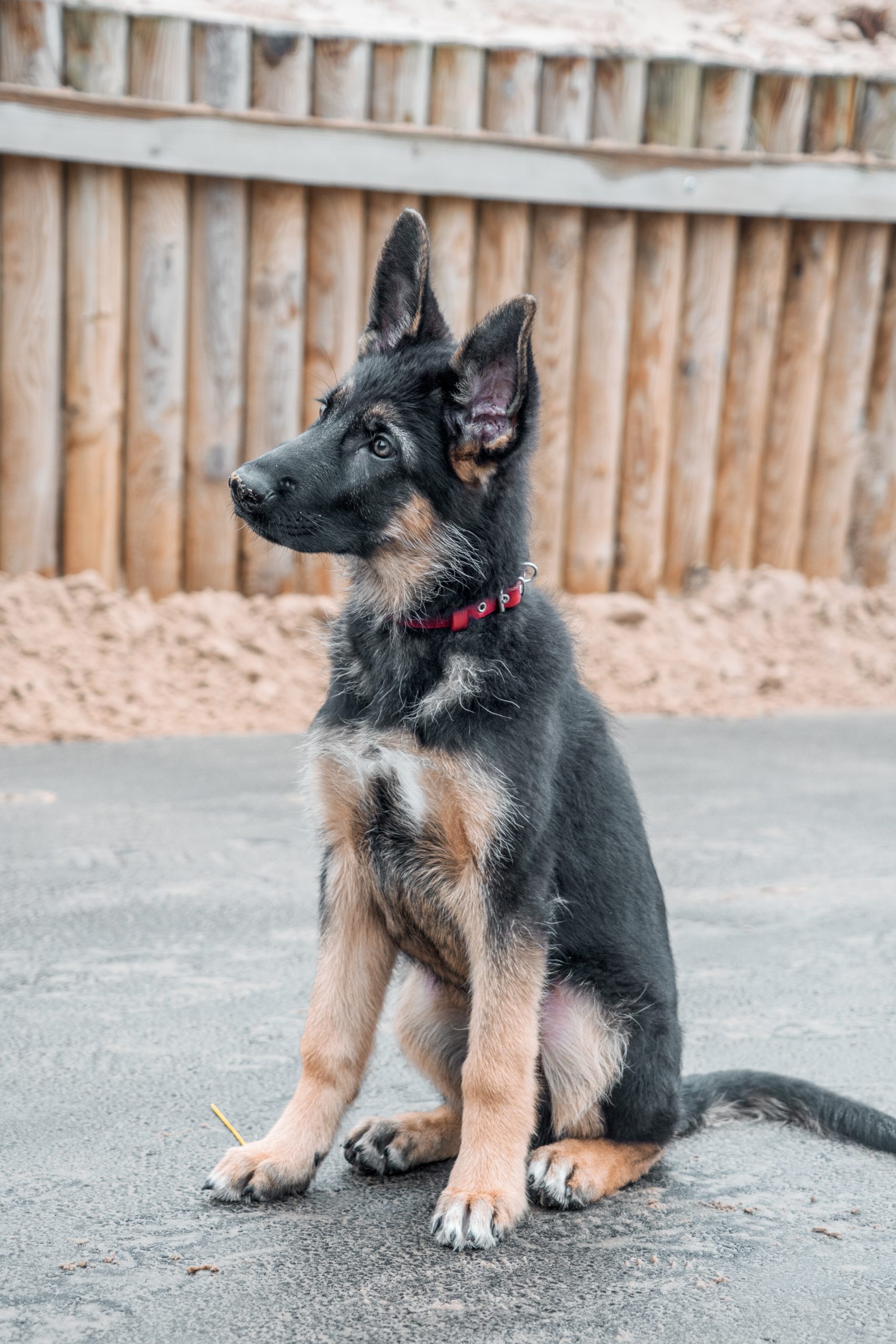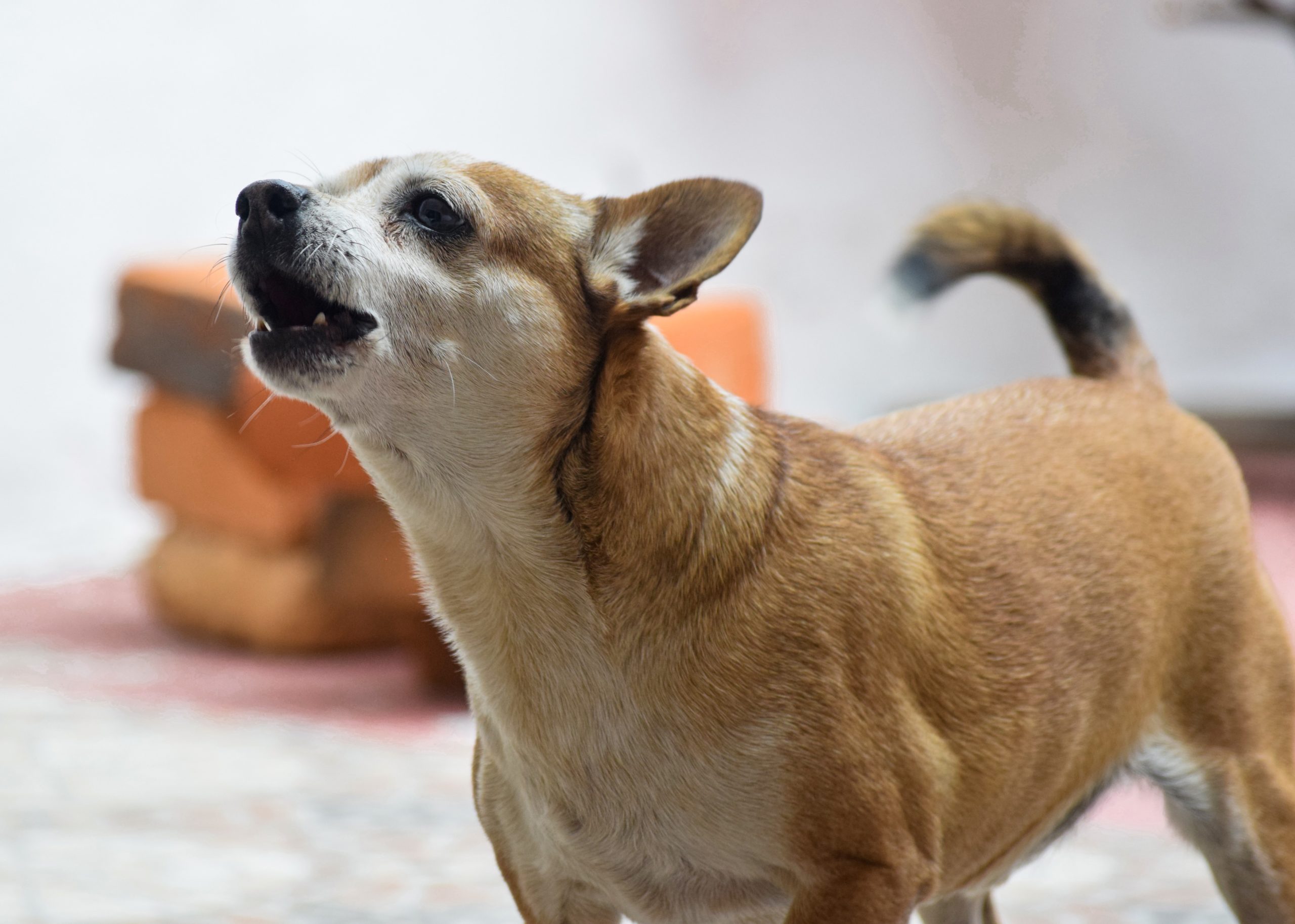Potty training a puppy can be both challenging and rewarding for pet parents. Teaching your furry friend to pee outside is an essential skill that ensures a clean, healthy home environment while fostering strong bonds between you and your canine companion.
In this blog post, we’ll guide you through the process of house training your pup, offering tips on understanding puppy behavior, setting up routines, and using positive reinforcement techniques.
Understanding Puppy Behavior And Potty Training Methods
To effectively train your puppy to pee outside, it’s important to understand their behavior and the different potty training methods available.
The Importance Of Potty Training
The importance of potty training your puppy cannot be overstated, as it lays the foundation for a harmonious and healthy relationship between you and your furry companion.
A properly house trained dog is more at ease in their environment and less likely to cause stress or damage within the home.
Potty training also contributes to maintaining a clean living space for both humans and canines, reducing potential health risks associated with unsanitary conditions due to indoor soiling.
Additionally, by putting in the effort early on during this process, you’ll save time and energy on extensive cleaning efforts throughout your pup’s lifetime.
When To Start Potty Training
It’s essential to start potty training your puppy as soon as you bring them home. Puppies have a small bladder and bowel control, so it’s crucial to establish good habits early on.
Some experts suggest starting at about eight weeks of age when puppies are more receptive to learning new behaviors.
You may notice that puppies will give cues like sniffing around or circling before they need to relieve themselves. Pay attention to these signals and take them outside immediately if possible.
It’s also important to note that accidents will happen during the process, but consistency is key in establishing good habits for the future.
Setting A Potty Cue
To help your puppy associate a specific word or phrase with going potty, choose a cue that you will consistently use every time they are taken outside. This could be as simple as saying “go potty” or “do your business.” Repeat the chosen cue every time the puppy is about to go and give them lots of praise when they do.
It’s important to note that consistency is key when it comes to setting a potty cue. Use the same word or phrase every time and always stick to the routine of taking your pup outside after meals, naps, playtime, and before bedtime.
Determining The Right Potty Area
It is essential to determine the right potty area for your puppy to ensure successful house training. The ideal spot should be easily accessible and free from distractions, such as noisy roads or other pets.
For puppies, it’s best to choose a place close to home that they can easily find again. Most dogs prefer natural surfaces like grass or dirt over concrete or paving stones.
It’s also important to keep the area clean of debris and feces as this can discourage your pup from using it again in the future.
Steps To Train Your Puppy To Pee Outside
To train your puppy to pee outside, start by choosing the right potty spot and establishing a consistent schedule and routine for taking your puppy out; use positive reinforcement techniques like treats and verbal praise to reinforce good behavior; and carefully manage your puppy’s feeding and water intake.
Choosing The Right Potty Spot
When it comes to choosing the right potty spot for your puppy, there are a few things you should consider. First, it should be an area that is easily accessible and not too far from your home or apartment.
This can help prevent accidents on the way to the designated potty spot. Secondly, make sure the area is safe and free of hazards such as sharp objects or harmful plants.
Another important factor when selecting a potty spot is ensuring that it has a distinct smell or texture that your pup will associate with going to the bathroom.
Consider using natural grass or gravel instead of concrete or pavement in order to create this association. Finally, try not to change up the location too frequently as this can confuse your pup and hinder their progress in house training.
Consistent Schedule And Routine
Creating a consistent schedule and routine is key to successfully potty training your puppy. This means taking your puppy out at the same time every day and using the same door or location to go outside.
It’s important to be patient as some puppies may take longer than others to learn this routine. To make things easier for both you and your pup, try keeping a journal of when your puppy eats, drinks water, goes outside, and has accidents indoors.
This will help you identify patterns in their behavior so you can adjust their routine accordingly.
Positive Reinforcement Techniques
Positive reinforcement is one of the most effective techniques to train a puppy to pee outside. This technique involves rewarding your pup for good behavior, in this case, going potty outdoors.
Treats, praise, and affection are all great ways to positively reinforce your puppy’s behavior. When taking your puppy out to their designated potty spot, bring some treats with you and offer them as soon as they go potty.
Another way to use positive reinforcement is by creating a fun experience around going potty outside. Play with your pup or give them a belly rub after successful bathroom breaks to make it enjoyable for them.
It’s important not to punish or scold your puppy for accidents inside the house – this can actually impede progress in potty training and cause anxiety or fear around going potty at all.
Managing Feeding And Water Intake
It is essential to carefully control your puppy’s diet and schedule when potty training. Feeding and watering routines can directly impact the success of house training, so it is crucial to establish a consistent schedule for meals and water intake.
Avoid free-feeding or leaving water out all day, as this makes it difficult to anticipate when your pup will need to go outside.
Also, be mindful of when you give your puppy water before bedtime. Providing too much water before bed can increase the likelihood of overnight accidents since they may not be able to hold themselves for an extended period while sleeping.
Troubleshooting And Common Challenges
Accidents and clean-up can be a frustrating challenge during potty training, but it’s important to remain patient and consistent with positive reinforcement techniques.
If your puppy regresses or struggles with consistency, evaluate their schedule and feeding/watering routine for any changes that may have affected their behavior.
Accidents And Clean-up
Accidents are inevitable during the puppy training process. When it happens, don’t scold or punish the puppy as they won’t understand what they did wrong. Instead, clean up the mess immediately using an enzymatic cleaner designed for pet stains to remove all traces of odor that may attract the puppy back to that spot.
In addition to cleaning up after accidents, it’s essential to avoid giving your pup too much freedom at first until they’re fully potty trained. You can use baby gates or a crate when you can’t keep an eye on them closely.
Regression And Consistency Issues
Potty training can be a challenging process, and regression and consistency issues are common. Regression happens when the puppy starts having accidents inside the house after making progress with potty training.
This could be due to changes in routine or environment, illness, or stress. To address regression, pet owners must first determine the underlying cause.
Consistency issues arise when there is a lack of structure in potty training routines. Often, pet owners may become lazy with scheduling potty breaks for their puppies leading to inconsistent timing and confusing signals for them.
Ultimately, patience is key in overcoming regression and consistency issues while potty training your puppy successfully.
Addressing Fear Of Outdoors
Some puppies may develop a fear of going outside due to various reasons such as lack of exposure, traumatic experiences, or anxiety.
If your puppy shows signs of reluctance or fear towards being outdoors, it’s important to address this issue first before proceeding with potty training.
Start by taking your puppy outside for short periods at a time and allow it to explore its surroundings on its own terms. Avoid forcing your puppy out if it feels unsafe or uncomfortable as this can exacerbate the fear.
With consistent practice and patience, you can gradually increase the duration and distance of outdoor trips until your dog becomes comfortable enough to go potty outside.
Conclusion
Training a puppy to pee outside can be challenging, but it is an important part of being a responsible pet owner. By understanding your puppy’s behavior and implementing consistent training methods, you can successfully house-train your furry friend in no time.
Remember to praise positive behavior and establish a regular schedule for potty breaks. With patience and persistence, you’ll have a fully housetrained pup who knows exactly where to go when nature calls.
FAQs
How Long Does Potty Training Take?
Potty training a puppy takes time, patience, and consistency. Although every dog is different, it typically takes between 4 to 6 months for a puppy to be fully house trained.
Some puppies may take up to a year to be completely reliable. Size can also play a factor in how long it may take for your pup to become fully potty trained.
Remember that accidents will happen during the process of potty training – this is normal! Puppies learn at their own pace, so don’t get discouraged if the training seems slow-going or regression occurs.
Always keep a positive attitude and use positive reinforcement techniques like praise or treats when they go potty outside instead of inside the house. Consistency is key, so establishing regular intervals for potty breaks can aid in-house training as well as establishing consistent feeding and watering schedules.
How Often Should I Take My Puppy Outside?
Puppies have small bladders and may need to relieve themselves as often as every 30 minutes to an hour when they are very young. As they get older, they will be able to hold it for longer periods of time.
A general rule is to take your puppy outside around the same time every day, at least once every two hours or after playing and napping. You should also take your puppy out immediately after waking up or eating because these activities can stimulate their bladder and bowel movements.
Establishing a consistent potty schedule is key to successful house training.
What Should I Do If My Puppy Refuses To Go Outside?
If your puppy is refusing to go outside, there could be a few reasons why. One common reason is fear or anxiety about being outdoors. If this is the case, it’s important to slowly introduce your puppy to the outdoors and create positive associations with being outside.
You can start by simply sitting outside with your puppy, offering treats and praise for calm behavior.
Another reason may be that your puppy hasn’t fully grasped the concept of potty training yet. In this case, it’s important to stick with a consistent schedule for taking them out and using positive reinforcement techniques when they do successfully go outside.
Remember that every puppy is unique in their learning process and some may take longer than others to grasp potty training skills.
Can I Use Potty Training Pads?
When it comes to potty training puppies, many pet owners wonder if they can use potty training pads. These pads are designed to absorb urine and keep your floors clean, but they may also be a crutch that prolongs the potty training process.
Using these pads can confuse your puppy as it might not understand why it’s okay sometimes to go inside and other times outside.
It’s important for new puppy parents to know that patience is key when housebreaking their furry friend. Even though accidents will happen at first during housebreaking, sticking with a consistent schedule and following positive reinforcement techniques will help ensure success.



